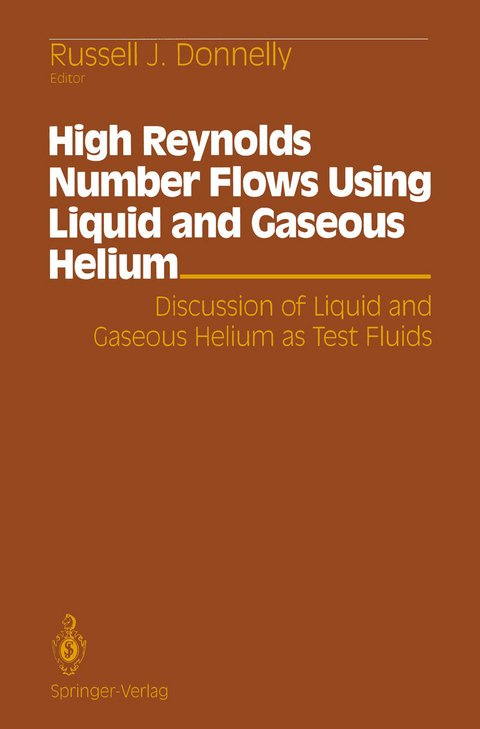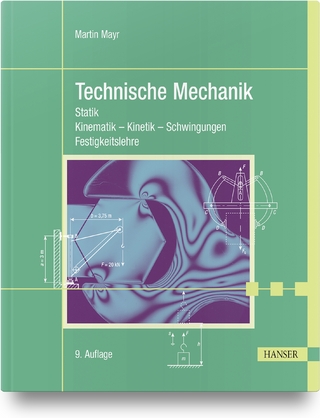
High Reynolds Number Flows Using Liquid and Gaseous Helium
Springer-Verlag New York Inc.
978-1-4612-7799-6 (ISBN)
Liquid and Gaseous Helium as Test Fluids.- Modern Wind Tunnels.- Cryogenic Wind Tunnels.- Aerodynamic Testing in Cryogenic Nitrogen Gas —A Precursor to Testing in Superfluid Helium.- High Reynolds Number Test Requirements in Low Speed Aerodynamics.- Flow Visualization.- On the Measurement of Subsonic Flow Around an Appended Body of Revolution at Cryogenic Conditions in the NTF.- Water Tunnels.- The Six Component Magnetic Suspension System for Wind Tunnel Testing.- Magnetic Suspension — Today’s Marvel, Tomorrow’s Tool.- Recent Aerodynamic Measurements with Magnetic Suspension Systems.- Remarks on High-Reynolds-Number Turbulence Experiments and Facilities.- Helium.- Micro and Macro Turbulence in Superfluid Helium.- Application of Flow Visualization Technique to Superflow Experiment.- Laser Doppler Velocimeter Applied to Superflow Measurement.- Experimental Investigations of He II Flows at High Reynolds Number.- A Study of Homogeneous Turbulence in Superfluid Helium.- Thermal Convection in Liquid Helium.- Helium Fluid Flow Facility Cryogenic System.- Power Economy in High-Speed Wind Tunnels by Choice of Working Fluid and Temperature.
| Zusatzinfo | XI, 284 p. |
|---|---|
| Verlagsort | New York, NY |
| Sprache | englisch |
| Maße | 155 x 235 mm |
| Themenwelt | Naturwissenschaften ► Physik / Astronomie ► Mechanik |
| Naturwissenschaften ► Physik / Astronomie ► Strömungsmechanik | |
| Technik ► Fahrzeugbau / Schiffbau | |
| ISBN-10 | 1-4612-7799-X / 146127799X |
| ISBN-13 | 978-1-4612-7799-6 / 9781461277996 |
| Zustand | Neuware |
| Haben Sie eine Frage zum Produkt? |
aus dem Bereich


